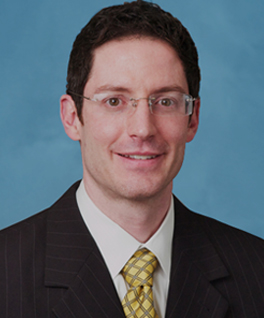Quick links:
Interested in finding out more about having fat grafting in Seattle with Dr. Lamperti?
Contact us today to schedule a private consultation. You can also view patient before and after photo results here. Click here to read our Fat Grafting Frequently Asked Questions.
Facial Fat Grafting
Things to know about Facial Fat Grafting or Lipostructure:
- Why Have Facial Fat Grafting
- Where Fat Loss Begins
- Areas Affected by Volume Loss
- How Facial Fat Grafting Reframes the Eyes
- What Facial Fat Grafting Involves
Why Have a Facial Fat Grafting Treatment?
When deciding how to best provide facial rejuvenation, an important concept to consider is that of lost facial volume. Classically, one thinks of the aging process as one of skin sagging which would necessitate a lifting procedure. While a facelift, necklift, or browlift can be an important modality in improving one’s appearance, facial fat grafting is used specifically to combat facial aging due to facial volume loss.
Fat Loss Begins In The Lower Eyelids And Cheek
Facial volume loss generally starts when we’re in our 20s – where we begin to lose our “baby fat”. This fat loss is usually evident initially in the lower eyelid and cheek area. It can contribute to the appearance of bags under the eyes as the already thin skin in this area becomes even thinner and fails to camouflage the normal lower eyelid fat pads. This process is analogous to trying to hide a pillow by covering it with a thin sheet versus a thick comforter. As volume loss progresses one will find that the cheek skin will be less well supported and will tend to sag, leading to more prominent nasolabial folds (smile lines). A similar process occurs on the outer eyebrow area (which can cause some drooping of the brow down onto the orbital rim), prejowl region, lower cheek, and even the temples. The overall result is a transition of a youthful heart-shaped face into a more masculine-appearing elongated rectangle.
Other Areas Affected by Volume Loss
Besides treatment of the eyes and cheek (or midface), fat grafting can also improve volume loss in the lower face such as the prejowl area, mandibular angles, and chin. Some people also develop volume loss in the temples which can also be treated. During your consultation with Dr. Lamperti, he can discuss with you which areas would benefit from treatment.
Reframing The Eyes
With volume loss comes concavities that tend to create shadowing which further redirects our focus away from someone’s eyes. The goal of facial volume enhancement is to recreate the convex contours of youth, converting these shadows into highlights, and return the face back to the ideal heart shape. This serves to redirect attention from the lower face back to the upper face and eyes. It is this reframing of the eyes that becomes crucial in any rejuvenative endeavor.
Fat Grafting Involves A Three-Dimensional Approach
The Fat Grafting procedure (also know as Facial Fat Transfer or Lipostructure) involves the injection of your own fat that is gently harvested from another part of your body (such as the abdomen, hips, or thighs) via very small access sites in the skin. The fat is then processed to remove any impurities and is then injected into the face using fine cannulas. The key to a long term result is distributing the fat is a layered, 3-dimensional approach to allow the body to develop new blood vessels to support the newly grafting tissue. To do this, Dr. Lamperti places the fat using hundreds of passes with the cannulas, placing fine droplets of fat with each pass.
Facial Fat Grafting can be done in our in-office procedure room or in the operating room. Depending on patient preference and the amount of fat transferred, the procedure can be done with an injection of local numbing medicine or IV sedation. Certainly, if the patient desires, deeper anesthesia can also be done. Very often Facial Fat Transfer is done in combination with other procedures such as rhinoplasty, blepharoplasty and facelifting.
Initially after treatment the result will have a low point around 6 months after surgery. After that point the blood supply to the fat grafts will begin to take hold and allow the fat to blossom until about 18 months to 2 years after surgery. The results of the fat transfer should be evident for many years. Although one will still continue to lose facial fat as one ages you will continue to have more facial volume after your procedure than you would have otherwise.

Meet Plastic Surgeon, Dr. Lamperti
Dr. Lamperti, a Seattle rhinoplasty super-specialist, has devoted his career to treatments of the head, face and neck. He feels that by focusing his plastic surgery endeavors solely to the face he is best able to provide the excellent results his patients desire.


